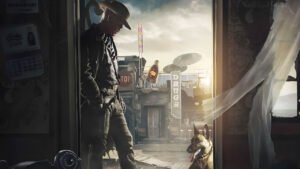Remastering classic games has become commonplace in the modern gaming landscape. The concept of beloved title receiving a second life on the latest and greatest consoles on the market is a novel fantasy and one that, although often well intentioned, rarely lives up to all the hype surrounding it. Still, every once in a while a remastered title arrives and breathes new life into the classic. Wonder Boy: The Dragons Trap for the PlayStation 4, PC, Xbox One and Nintendo Switch is one such title.
Wonder Boy was a classic for the Sega Master System and the PC Engine back in 1989. While being a classic of the time, it has long since faded from the mainstream. The team at Lizardcube have painstakingly worked to bring the classic platformer a new life on modern platforms. The bright, hand-drawn art style, and the attention to detail are a lesson on how a game should be remastered. Speaking over Skype, CGMagazine caught up with Omar Cornut, the developer of Wonder Boy: The Dragons Trap, and one of the main team members at Lizardcube. Taking the time to go over the project, Omar outlines how Wonder Boy came to be, and what is next for the studio.
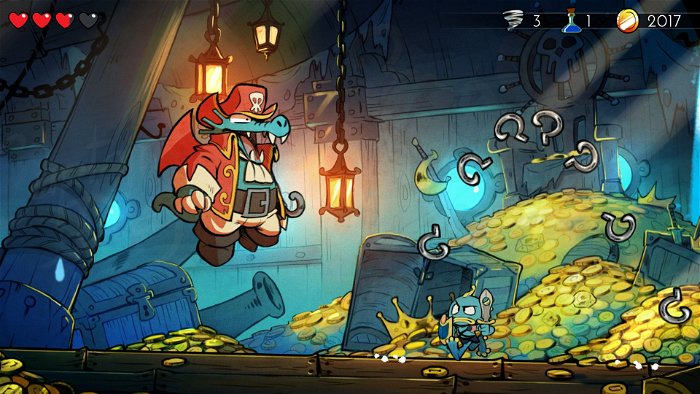
CGMagazine: Let’s start with why the choice to remaster Wonder Boy?
Omar Cornut: For me, it’s mostly because it’s a game I really loved as a child and it’s a game that I keep playing over and over again. I’ve always been interested in retro Sega games that were for the Master System, and I thought it was a good intersection of us loving this game, and the fact that there were enough players who loved it to make it viable as a project.
CGM: How did you go about the license? How did the project start? How did you get to the final product that it is today?
Cornut: I was curious to know if there were any secrets left in the original game because it’s a game with a lot of hidden doors, and an obvious sort of item drop. So, at some point, I just started looking into the original game cartridge, the ROM. From there, I started looking into the game code and the game data to try to understand how the game was built.
I started making these tools where I could visualize the levels of those games, and I could start looking for all the triggers that made up the doors and then eventually, I sort of knew enough about the game, that I thought I would be able to make a remaster that would be accurate enough. I worked with a guy called Ben Fiquet 10 years ago on a game called Soul Bubbles on the Nintendo DS, and I knew that he sort of wanted to get back into games because he’d been reading comic books and animation for a while. So I just talked to him and said “let’s try to prototype something.” So, on our spare time, I think it was like the end of 2013, 2014 edge, we started sort of working on a prototype. At that point, it was still a hobby project and then, we had enough of a prototype that we went and contacted the original creator of the game, Mr. [Ryuichi] Nishizawa in Japan, and pitched him.
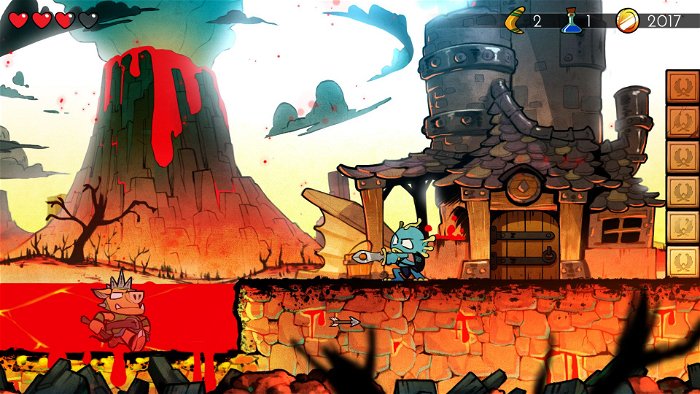
What happened with his game license is confusing. The original publisher was Westone and they had the rights to the IP and the game content of the game. But the name Wonder Boy and its trademark was owned by Sega, which is why at the time Westone also licensed the game to Hudson Soft which was released on the PC. Before the Wonder Boy license, there was a game called the Adventure Island for the NES, which was basically the first Wonder Boy and Wonder Boy 3 was also released as Dragon’s Curse, but most people here, at least in the Europe and in the U.S., know it as Wonder Boy.
It was the most famous ‘bright’ style of game, but because of how the licensing was arranged, my original plan was to go to the original creator. Us being a small company, I didn’t want to approach a big corporation like Sega, I figured it would be too difficult. So our ‘plan b’ was to license the game from the creators, but not the name itself. We would call it Wonder Bob, or Wonder Girl, or whatever. Eventually, as the project grew, we went to DotEmu and we found that they specialise in retro games, and they were happy to finance the project, and they specialise in retrieving licenses from Japan. So, they also convinced us to just go and ask Sega for the right to use the name, but I was starting with the assumption that I wouldn’t even be able to ask Sega. At that point, we only had the third prototype, so when we came and started talking to Sega, we had something to show. The game was unfinished but you could see the artwork was there, you could see that it conveyed what the final game would be, so it was the very concrete proposal we made to Sega that worked out
So basically, it took a while because it was very slow to make anything move with Sega, especially because Lizardcube is a very small team. So, even though we’re making a deal for them in terms of the scope of it, it’s quite a small deal usually. So, they sort of did it because they used to do licensing, and I guess in a way it’s free money for them, but t took a while to convince them of that. We released the pre-trailer, the announcement was in June 2016, which was right after they had approved it.
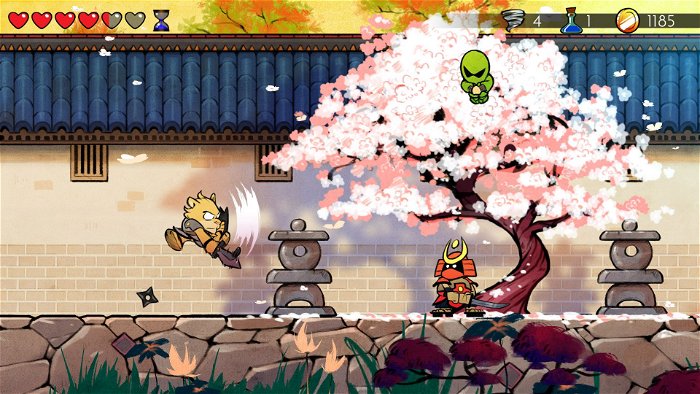
At the same time, I also knew that we had to adapt things to make it viable for a more modern audience. So, we did a lot of playtesting, improving it in many ways. The original game was a bit sluggish, it was also four by three. So, we changed those things for example, so it’s a simple game, now and then we made little, simple adjustments to the rules of the levels. We added difficulty modes, so folks used to playing the original could set the game to be harder. We also added extra secrets, but 80 per cent of the original game is still there. It still holds that original scope and general vibe – our adjustments weren’t meant to change the heart of the game because for us, it’s a bit of a cult classic the same way The Legend of Zelda is for Nintendo kids.So, it was sort of out of question to redesign the game too much in a way.
CGM: How did the game shift from being a hobby project to a full-fledged retail product, and who kind of helped that along the way?
Cornut: Well, first we talked to the original creators. He gave us the ok but told us he only held a portion of the full IP. We didn’t have the guts or motivation at that time to get the other half of the IP, so I could have worked in the basement for two years on it. When DotEmu came in as publisher to fund us so all we needed to do was focus on the game, while they worked on the business, administration and legal elements, well, that changed everything for us. So, the key point was with funding with them basically.
We basically started the company just a few days before signing the document, it’s like we delayed it as much as possible and once we knew that DotEmu was happy to fund this project, we just started a company just for the game.
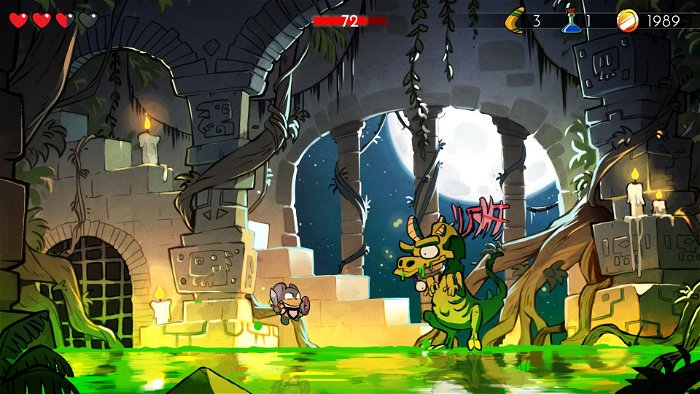
CGM: Now, looking forward, do you see your team working on other work of this nature, or is this kind of a one-off?
Cornut: We don’t really know yet. I guess we were too focused on that to think ahead. I think we would probably enjoy making similar projects, maybe not all the time, but we need the right alignment of stars between finding the license that we could use and because I would like to make The Legend of Zelda but I’m pretty sure Nintendo wouldn’t let me touch it.
So we have to find a game to test, and it has to be one that everyone loves, including myself. If I find a game based solely on popularity, I won’t know it well enough. We also need to be careful to pick a game that will sell – because there are lots of Sega games I love but no one would buy them. Also, the fact it has to be old enough because if you pick the game like, I don’t even know, one from the Genesis, it’s already too beautiful, and I think it’s already beautiful enough that if we’re to make it with Ben Fiquet, it won’t be as striking of a difference. We also have to consider the game’s age. So, making 8-bit game makes more sense, maybe some 16-bit games because the games are old enough to be simple, I don’t want to say ugly but you know, you need to be old enough for it to make sense.
Everybody has a different list of fantasy games, I think. Ben likes Golden Axe, you know. We don’t know yet, I think first we will take some time off, and we’ll see what we do, so it might be up to three new games. The next game might be a new game and be the opposite, but we have to build on this trend. So, if we were to make a new game, it has to be good enough and has to be like planned and prototyped enough before we start working on it.
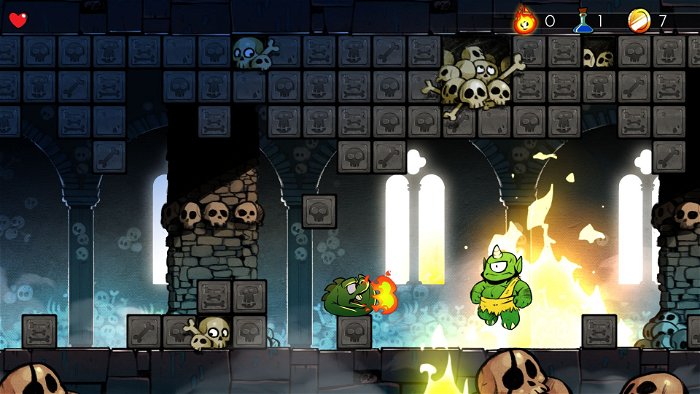
CGM: What is your experience with game development? I can see you’ve done a few projects; how did you get started? What part of it did you work on that really spoke to you?
Cornut: I guess the first game that would define as “work” was the Soul Bubbles on the Nintendo DS, which actually I worked on with Ben, it was the moment we met, and it was a game I spent a long time on, almost four years on it. It was a very odd game for the DS, very, I won’t say interesting but sort of alluring, but I guess I was lucky because my friend was the owner of the company at that time, just gave us the time to experiment and to make a game that was very unique for the hardware for the time. The game didn’t really sell well because it was the time when the DS was overflowing with shovelware, and we had to retail and distribute these games. Again, being a little weird, it was hard to have it working worldwide or whatever. So, what happened in the U.S. actually was that we got a publisher that managed to get a deal with Toys R Us, and it was a Toys R Us in the U.S., which is really weird, because when people see games at Toys R Us, they don’t expect it to be a good game somehow.
CGM: Right.
Cornut: Anyway, the first interesting work I would say was when I worked in Japan, in a company called Two Games.
It was very fun, it was very magical to work with Japanese teams and, learn basically from just this very different way of doing things. Then, I worked with Two Games, and then I moved to Media Molecule in England where I worked on Dreams on the PlayStation 4, which is not out yet, because it’s a very ambitious title and interest. I think all those games share a quality of trying new things visually. They’re modern in style and it’s the kind of game I am attracted to. Right now, I’m seeing things that are quite different, I’ve been seeing it with puzzle games. I love games like The Witness for example but I don’t know how to approach that yet. I don’t think I’m smart enough to make a good puzzle game that reaches people, but maybe I would try it, I don’t know.




